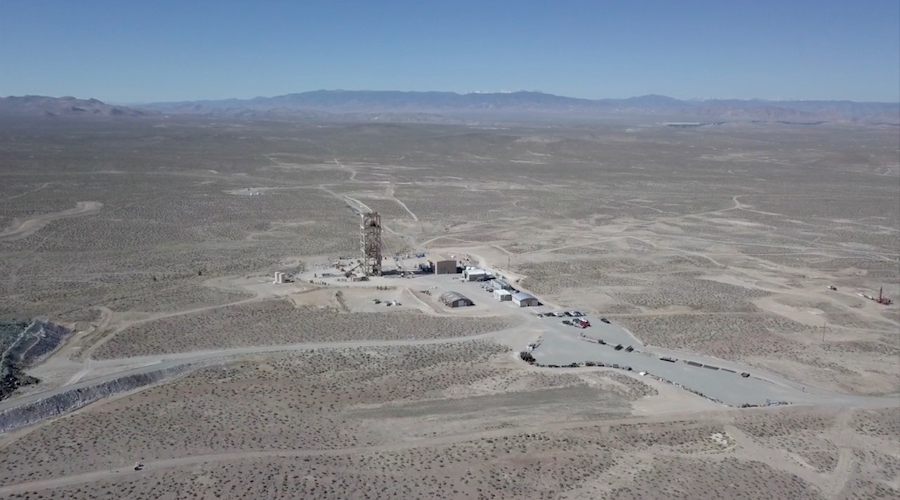
Their geology makes porphyry deposits rare, while most large near-surface examples have already been found. This means that understanding how and where they form can be of interest for mining companies searching for untapped resources.
This is particularly important given recent predictions that forecast an annual supply deficit that could reach 10 million tonnes by 2030 if no mines get built.
Porphyry copper deposits provide 75% of the world’s copper
According to the researchers, the link that they found is related to how vast quantities of mineralizing fluids are extracted and transported from their source magmas and focussed into the ore-forming environment through ‘crystal mush dykes.’
These dykes “recognition is paramount to the development of more reliable porphyry exploration models and has significance for other ore-forming systems and volcanic processes,” Lawrence Carter, lead author of the study, said in a media statement.
To reach these findings, the experts conducted field studies and micro-textural and geochemical analyses of samples from the archetypal Yerington porphyry district in Nevada, where an ~8-kilometre palaeo-vertical cross-section through a number of porphyry copper deposit systems is exposed.
There, the team was able to identify a wormy interconnected network of quartz within dykes found in rocks that were once beneath the copper deposits. This represents palaeo-porosity in a once permeable magmatic crystal mush of feldspar and quartz. The mush acted as conduits for vast quantities of porphyry-deposit-forming fluids from deep portions of underlying magmas.
The group believes that this breakthrough may provide insights for the discovery of new porphyry copper deposits, which already provide 75% of the world’s copper, and the proposed mechanism key to the formation of other ore deposit types as well as degassing processes in volcanic systems.




